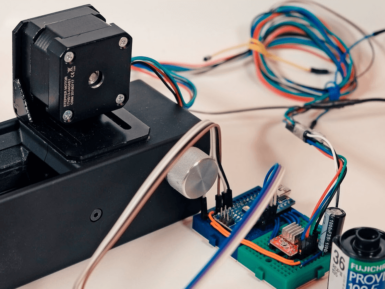
Overview
Analog pH Sensor / Meter Kit specially designed for Arduino controllers and has convenient and practical "Gravity" connector and a bunch of features. Instant connection to your probe an your Arduino to get pH measurements at ± 0.1pH (25 ℃). For most hobbyist this great accuracy range and it's low cost makes this a great tool for biorobotics and other projects! It has an LED which works as the Power Indicator, a BNC connector and pH2.0 sensor interface. To use it, just connect the pH sensor with BND connector, and plug the pH2.0 interface into the analog input port of any Arduino controller. If pre-programmed, you will get the pH value easily. Comes in compact plastic box with foams for better mobile storage.
Build your own pH meter gadget, or a water monitoring station for your water tanks. It could make for the ultimate water control device. Use it for your aquaponics or fish tanks or other materials that need measurements.
Tech specs
- Module Power : 5.00V
- Module Size : 43 x 32mm(1.69x1.26")
- Measuring Range :0 - 14PH
- Measuring Temperature: 0 - 60 ℃
- Accuracy : ± 0.1pH (25 ℃)
- Response Time : ≤ 1min
- pH Sensor with BNC Connector
- pH2.0 Interface ( 3 foot patch )
- Gain Adjustment Potentiometer
- Power Indicator LED
Get Inspired

While taking photos today is normally a digital affair, there is a wealth of visual information stored on film negatives. Digitization is possible, but it tends to be rather time-intensive, so photographer/hacker Seckin Sinan Isik decided to automate the process. His setup uses a film carrier augmented with a stepper motor and belt drive to advance the 35mm film under a tripod-mounted digital camera. This is controlled by an Arduino Nano, with the camera’s view shown via a video capture device on a nearby computer. In one mode, the user can adjust the film position semi-manually using pushbuttons, then scan the negative. The whole process can also be automated, with a Python computer vision routine. More details on the project can ben found in Isik's PetaPixel article here.









